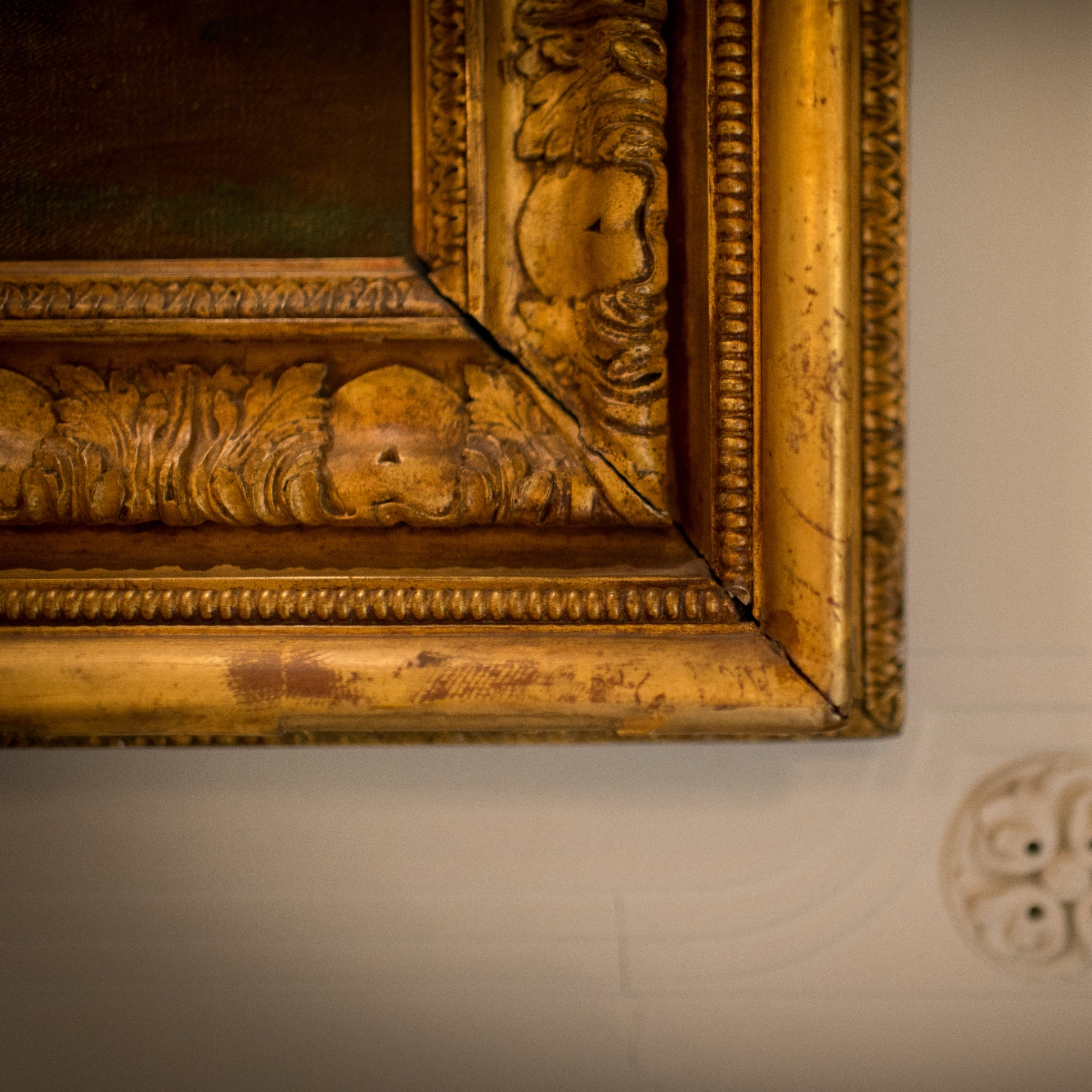We’ve been talking a lot about how to ship framed pictures and paintings, which makes many art owners conclude that it’s a specialized and ambiguous area. Yet, there are a couple of golden rules that will help you ensure the highest level of your art objects’ safety and integrity. Let’s revisit them once again.
How to Ship Framed Pictures? Top 5 Rules to Follow
When you assign the job of shipping your art to specialized art handlers, they employ a step-by-step quality assurance algorithm. That’s what you should check out for in the process.
High-Quality Materials
Your painting and its frame are delicate and fragile objects of art, so the impact of low-quality packing materials may be disastrous. Make sure your shippers use professional packaging materials, such as specialized art plastic, acid-free glassine paper, or archival tissue paper, as the first layer of wrapping. Other materials, such as bubble wrap, foam boards, and a shipping box, should also be of high quality to guarantee sufficient protection.
Glass Protection
A framed painting covered with glass also requires additional protective measures, such as blue film or X-shape painter’s tape placed on the surface. This reduces the risk of shattering and prevents sharding in case of glass breakage. Glassine paper or a plastic sheet may also provide additional anti-scratch protection to the glass surface.
Frame and Corner Protection
A frame is not a simple container for the canvas; it often represents a separate work of art that requires sufficient protection. To secure the frame from scratches or chips, you may first need to wrap it in glassine paper and then apply several layers of bubble wrap for added cushioning. Don’t forget about cardboard or foam corner protectors.
Keeping the Painting Stable
Shifting during transportation may be a source of scratches and damage. Thus, your task is to immobilize the painting in the box or shipping crate so that it doesn’t move in transit. Paintings traveling in soft packing may also be immobilized inside the vehicle with specialized belts.
Climate-Controlled Shipping
The negative impact of environmental conditions, such as moisture and heat, is destructive for many art pieces. Therefore, it is always better to transport your art in a climate-controlled vehicle.
Ship Your Art with Experts
If you’re new to art transportation or have doubts about how to ship framed pictures, it’s better to refrain from guesswork and rely on tried and tested solutions. Turn to professionals at Fine Art Shippers to get the needed assistance and consultation on the best way of shipping your precious art. We can offer over three decades of expertise and a trained team to make your art shipping experience unrivaled.
